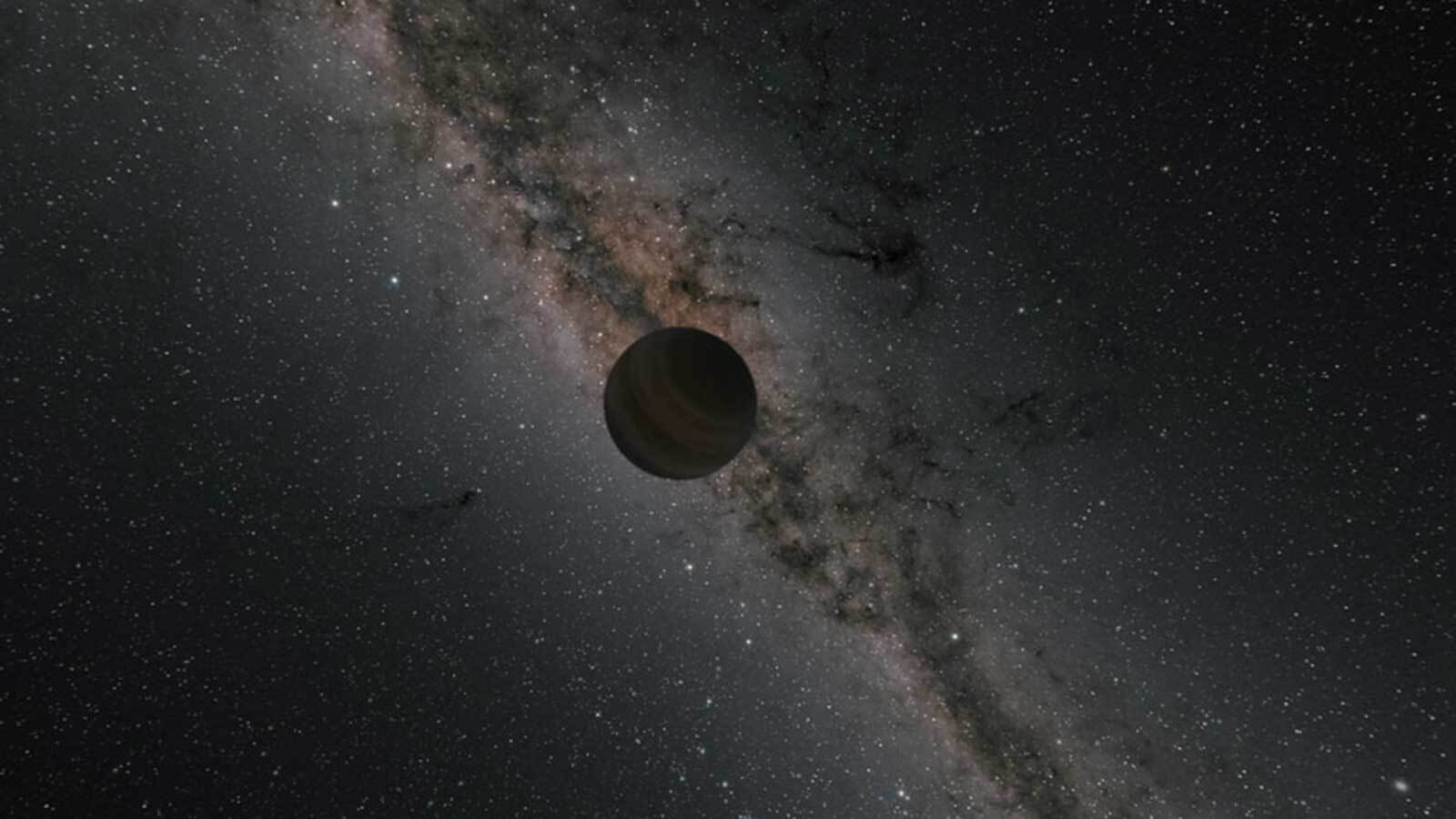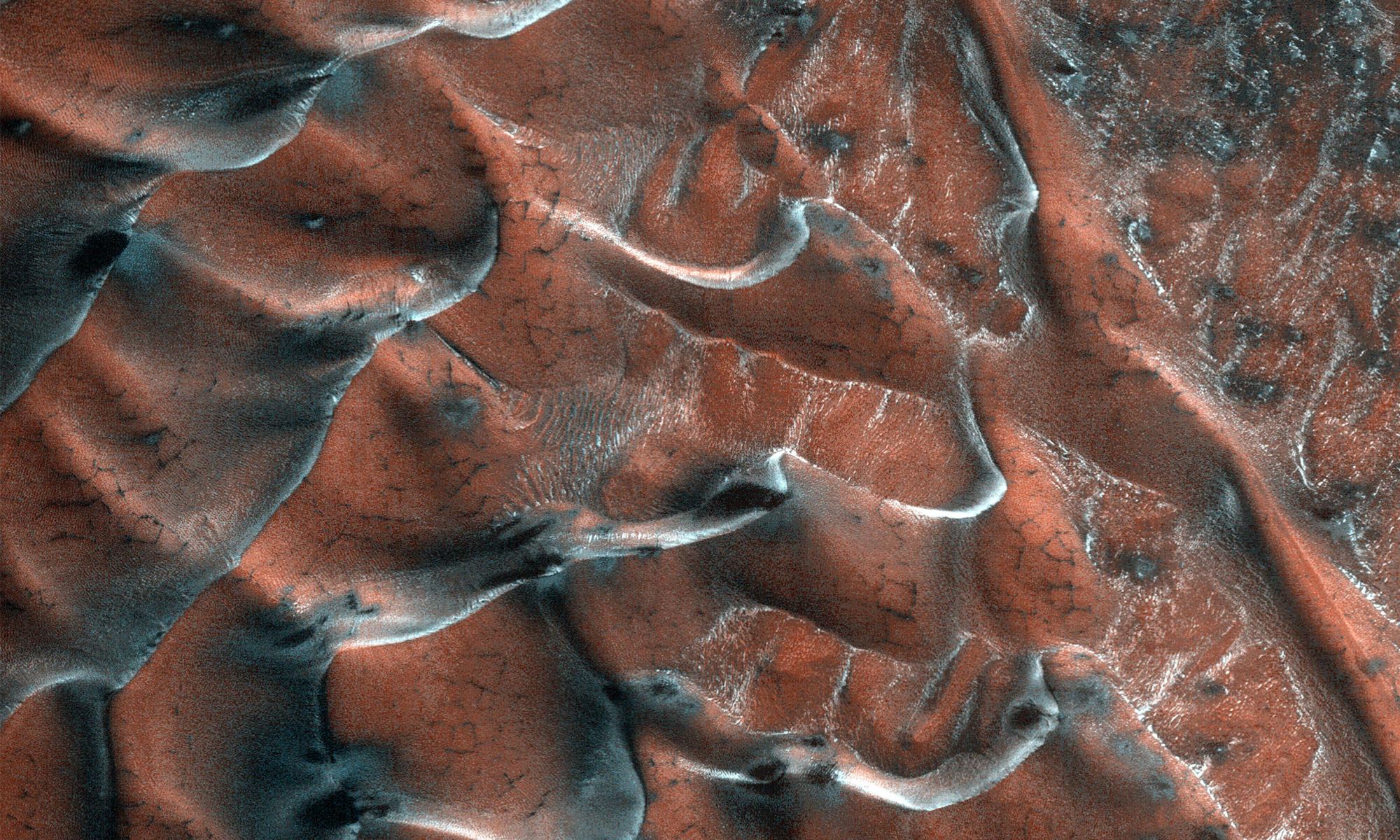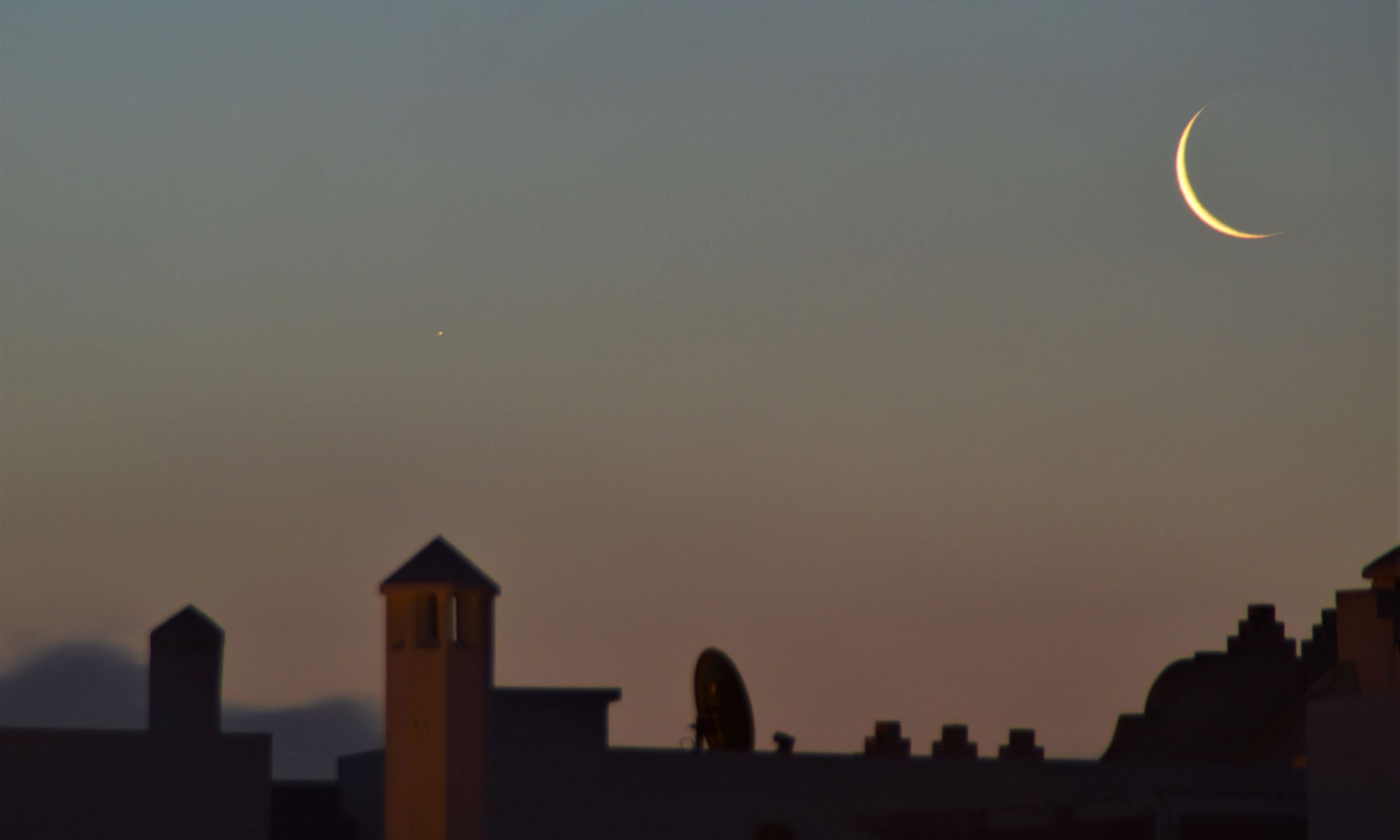Scientists have found what appear to be rogue planets hidden in old survey data. Their results are starting to define the poorly-understood rogue planet population. In the near future, the Nancy Grace Roman Space Telescope will conduct a search for more free-floating planets, and the team of researchers developed some methods that will aid that search.
Continue reading “A Rogue Earth and Neptune Might Have Been Found in Older Data”A White Dwarf is Surrounded by Torn-up Pieces of its Inner Planets and its Kuiper Belt
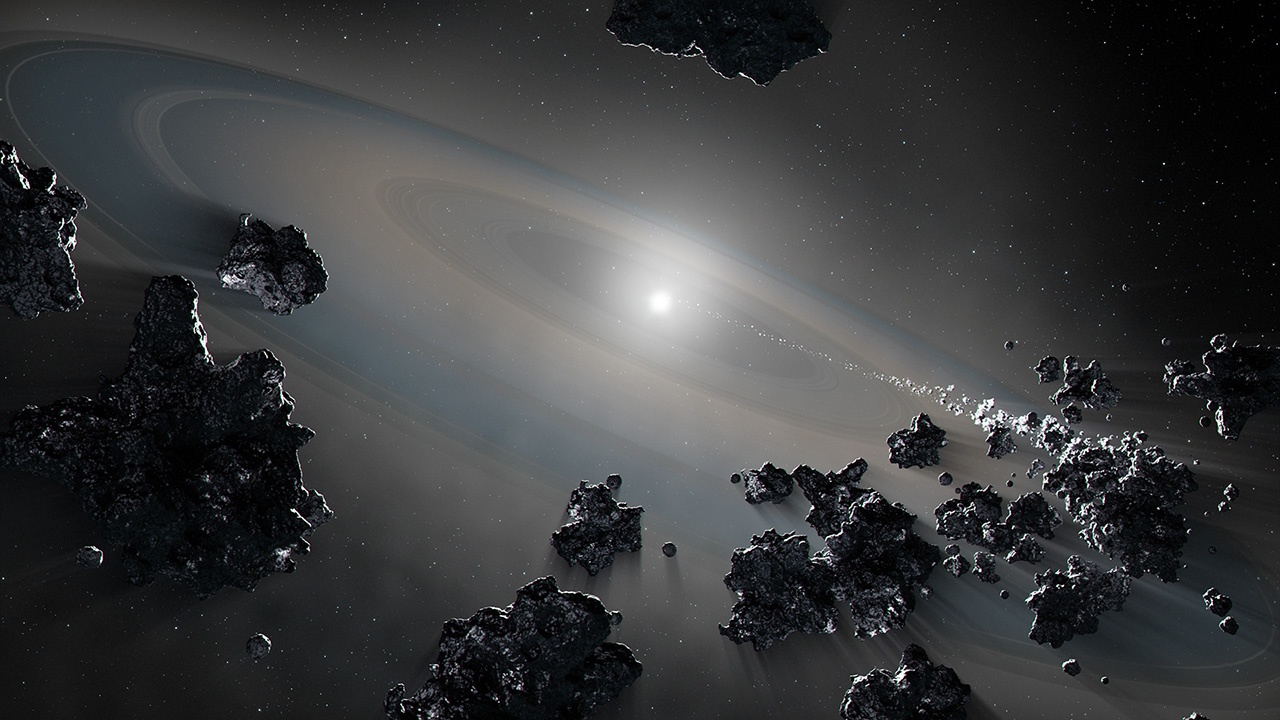
What will happen to our Sun?
In several billion years, it’ll cease fusion, shrivel into a white dwarf, and emanate only remnant heat. There it’ll sit, dormant and comatose.
But the Sun anchors the entire Solar System. What will happen to Earth? To the rest of the planets? To the rest of the objects in the Solar System?
Continue reading “A White Dwarf is Surrounded by Torn-up Pieces of its Inner Planets and its Kuiper Belt”Compare Sand Dunes Across the Solar System, From Venus to Pluto
One of the most interesting things we can learn from studying the planets and bodies of our Solar System is how much they have in common. Mars has polar ice caps and features that formed in the presence of water. Venus is similar to Earth in size, mass, and composition and may have once been covered in oceans. And countless icy bodies in the Solar System experience volcanism and have active plate tectonics, except with ice and water instead of hot silicate magma. Another thing they have in common, which may surprise you, is sand dunes!
According to a new study by researchers from Monash University and the University of Pennsylvania, multiple planets in our Solar System have sand dunes on their surfaces – just in different forms! These features further indicate that the mechanisms for dune formation are ubiquitous throughout the Solar System. These findings could lead to new methods for assessing the surface conditions of planets and moons and could have significant implications for future robotic and crewed missions to study them up-close.
Continue reading “Compare Sand Dunes Across the Solar System, From Venus to Pluto”Civilizations Don’t Even Need Space Ships to Migrate From Star System to Star System
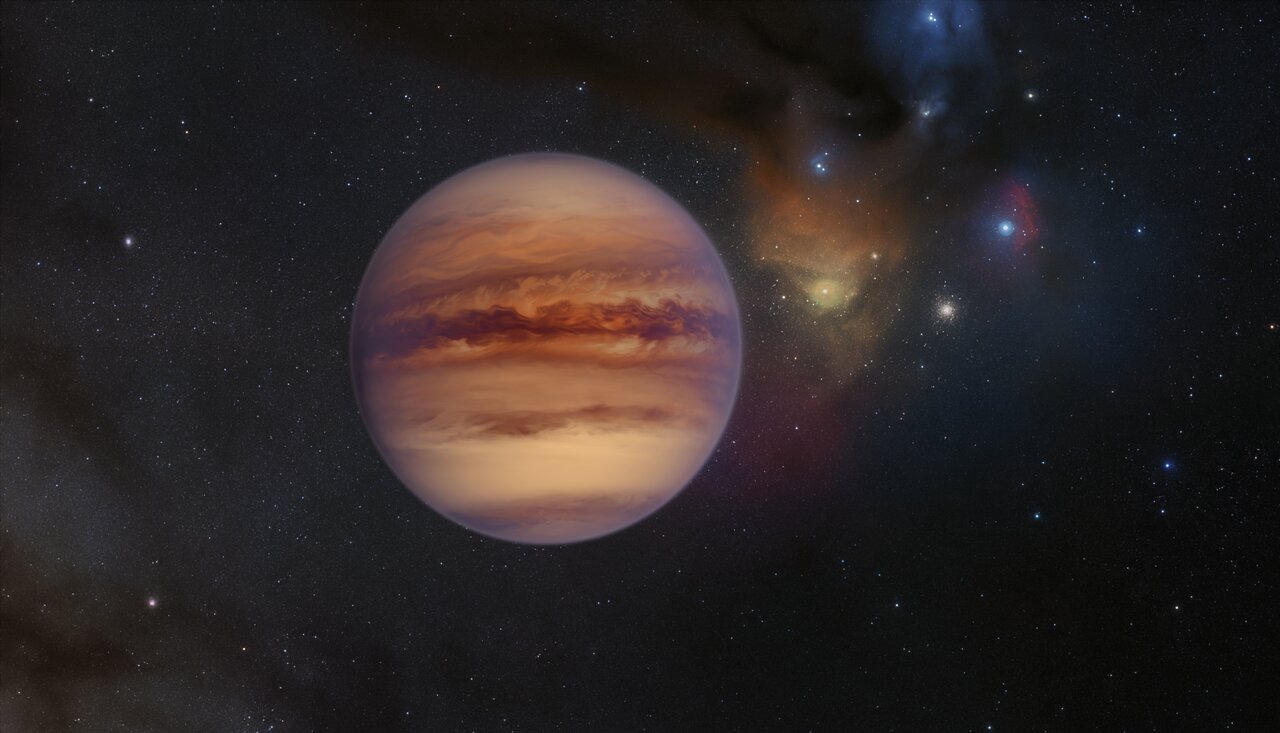
In about 5 billion years, the Sun will leave the main sequence and become a red giant. It’ll expand and transform into a glowering, malevolent ball and consume and destroy Mercury, Venus, Earth, and probably Mars. Can humanity survive the Sun’s red giant phase? Extraterrestrial Civilizations (ETCs) may have already faced this existential threat.
Could they have survived it by migrating to another star system without the use of spaceships?
Continue reading “Civilizations Don’t Even Need Space Ships to Migrate From Star System to Star System”The Younger the Planet, the More Likely it is to be Habitable

We’ve discovered thousands of exoplanets and are likely to find many thousands more of them. While the wide variety of planets we’ve found are scientifically interesting in their own right, what lurks behind all these discoveries is the search for a world that could harbour life.
But to sort the potentially habitable worlds from all the others, we need a way to filter through all of the exoplanets we keep discovering. We know that rocky worlds like Earth are the best places to look for habitable conditions, but according to a new study, age matters. We should pay special attention to young rocky worlds.
Why? Because youthful terrestrial planets have an internal heat source that’s critical for life.
Continue reading “The Younger the Planet, the More Likely it is to be Habitable”Marsquakes are Caused by Shifting Magma
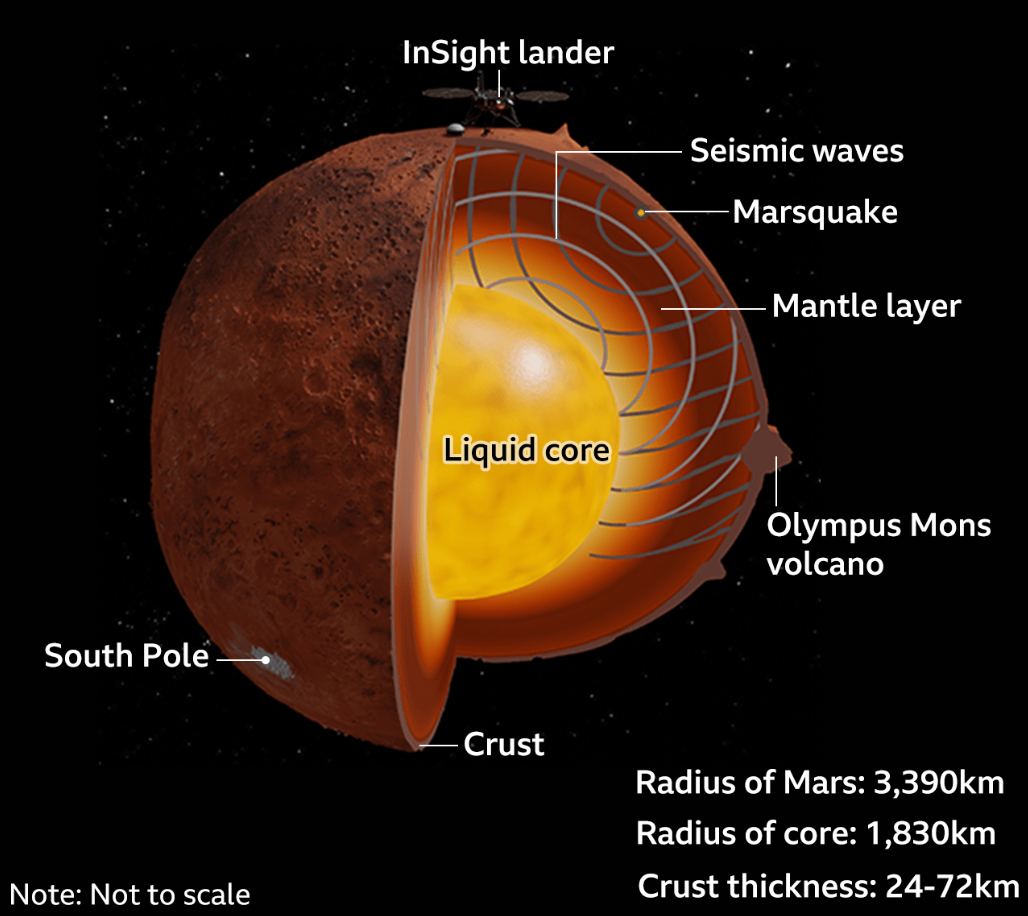
Before the InSight Lander arrived on Mars, scientists could only estimate what the planet’s internal structure might be. Its size, mass, and moment of inertia were their main clues. Meteorites, orbiters, and in-situ sampling by rovers provided other clues.
But when InSight (Interior Exploration using Seismic Investigations, Geodesy and Heat Transport) arrived on Mars in November 2018 and deployed its seismometer, better data started streaming in.
Continue reading “Marsquakes are Caused by Shifting Magma”Astronomers See the Wreckage Where Planets Crashed Into Each Other in a Distant Star System
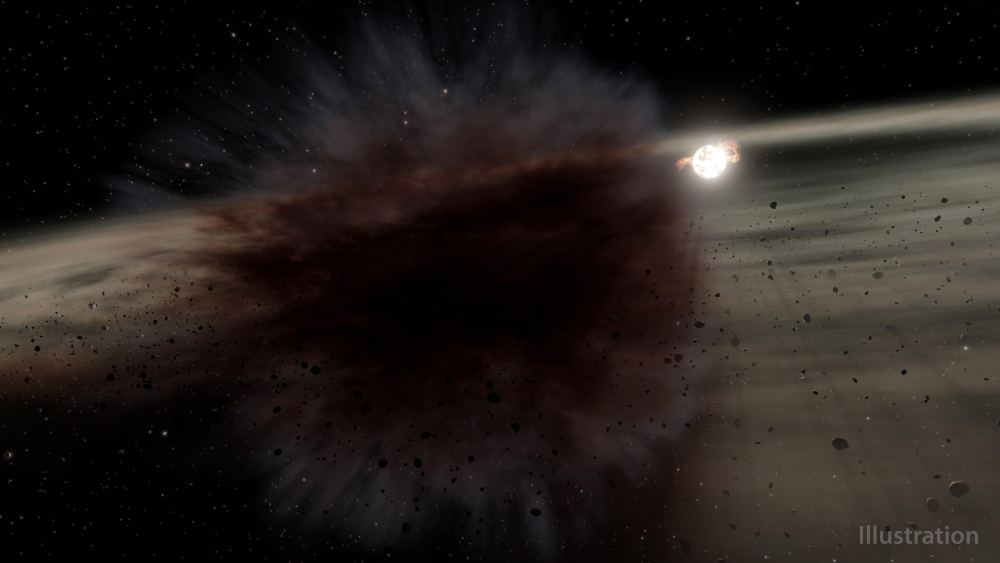
Our Solar System was born in chaos. Collisions shaped and built the Earth and the other planets, and even delivered the building blocks of life. Without things smashing into each other, we might not be here.
Thankfully, most of the collisions are in the past, and now our Solar System is a relatively calm place. But frequent collisions still occur in other younger solar systems, and astronomers can see the aftermath.
Continue reading “Astronomers See the Wreckage Where Planets Crashed Into Each Other in a Distant Star System”There are Deposits of ice at Mercury's Poles too
Although the Arecibo radio telescope is no more, it continues to deliver scientific discoveries. There is a wealth of Arecibo data astronomers continue to mine for new discoveries, and one of them is thanks to an astronomical technique known as planetary radar.
Continue reading “There are Deposits of ice at Mercury's Poles too”Why are Neptune and Uranus Different Colors?
Uranus and Neptune are similar planets in many ways. Both are ice giant worlds, both have atmospheres rich in methane, and both have a bluish color. But while Uranus has a pale blue-green hue, Neptune has a deep blue color. But why? Why would two planets so similar in size and composition appear so different? According to a recent study, the answer lies in their aerosols.
Continue reading “Why are Neptune and Uranus Different Colors?”Massive Rocky Planets Probably Don’t Have big Moons
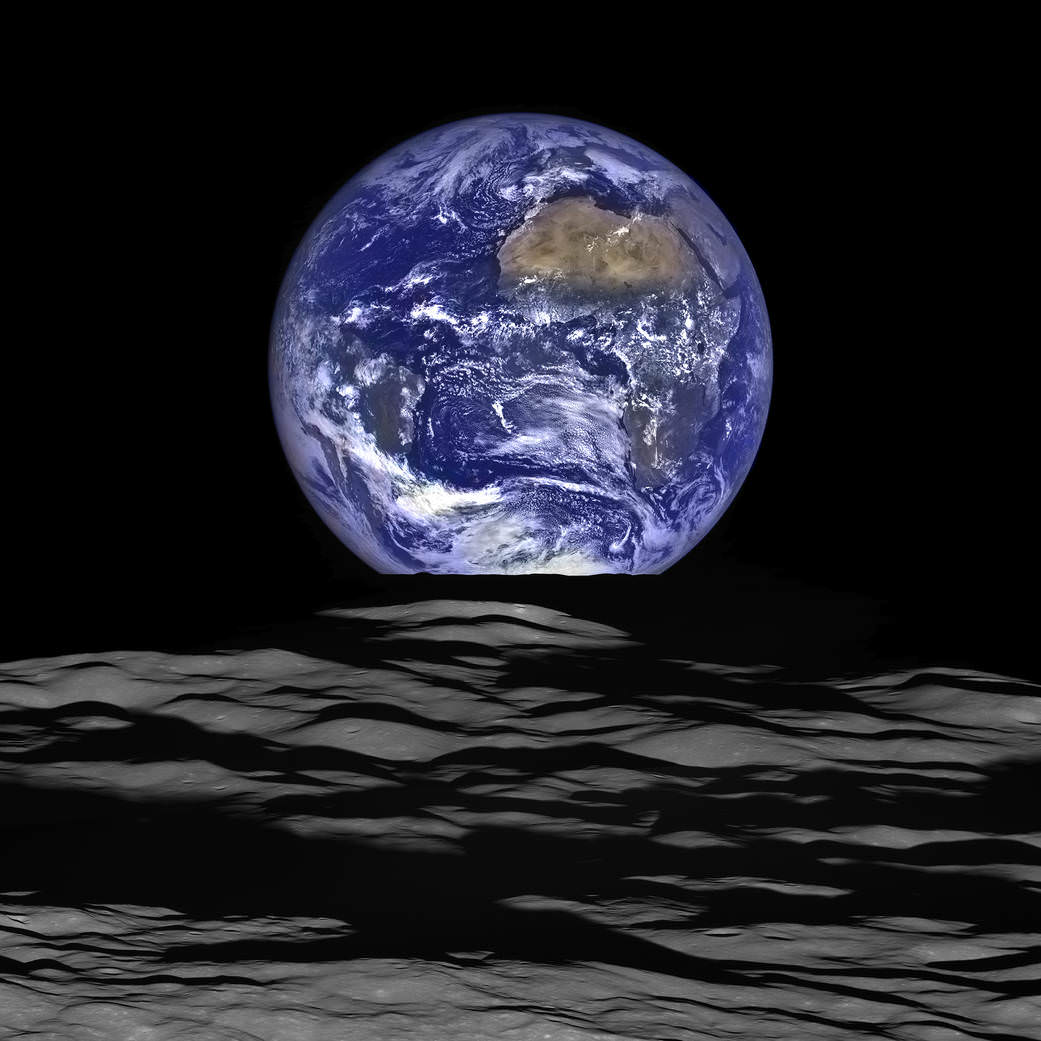
The Moon has orbited Earth since the Solar System’s early days. Anyone who’s ever spent time at the ocean can’t fail to notice the Moon’s effect. The Moon drives the tides even in the world’s most remote inlets and bays. And tides may be vital to life’s emergence.
But if Earth were more massive, the Moon may never have become what it is now. Instead, it would be much smaller. Tides would be much weaker, and life may not have emerged the way it did.
Continue reading “Massive Rocky Planets Probably Don’t Have big Moons”
